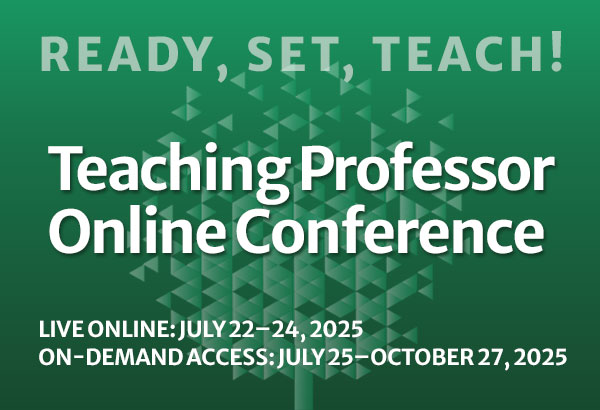Cultivating Stronger Relationships with Online Faculty through an On-Campus Visitation Program
Strategic relationships build strong commitment and a measurably higher expectation of compliance in all areas, including institutions of higher learning. Columbia Southern University (CSU), a fully online institution, developed an on-campus visitation program in the spring of 2011, inviting groups of faculty to attend a one-day or two-day event for the purpose of connecting faculty to their campus support structure.



